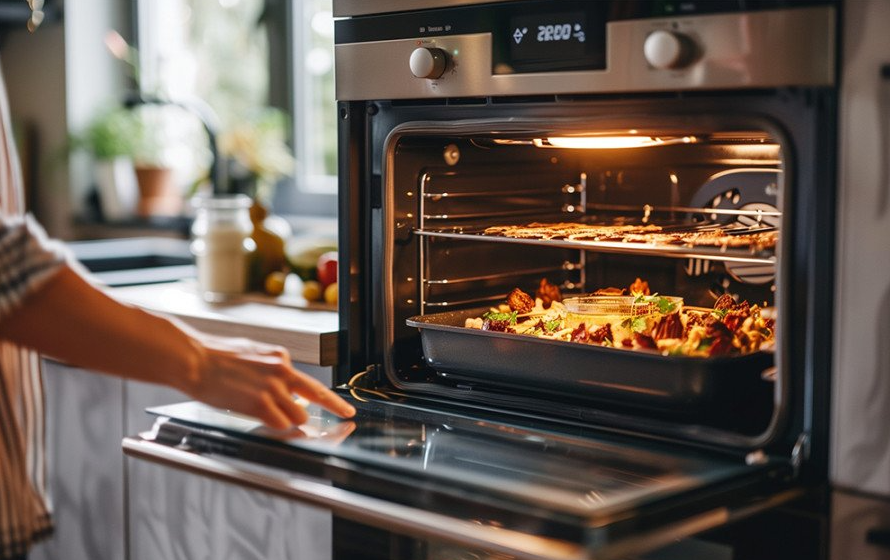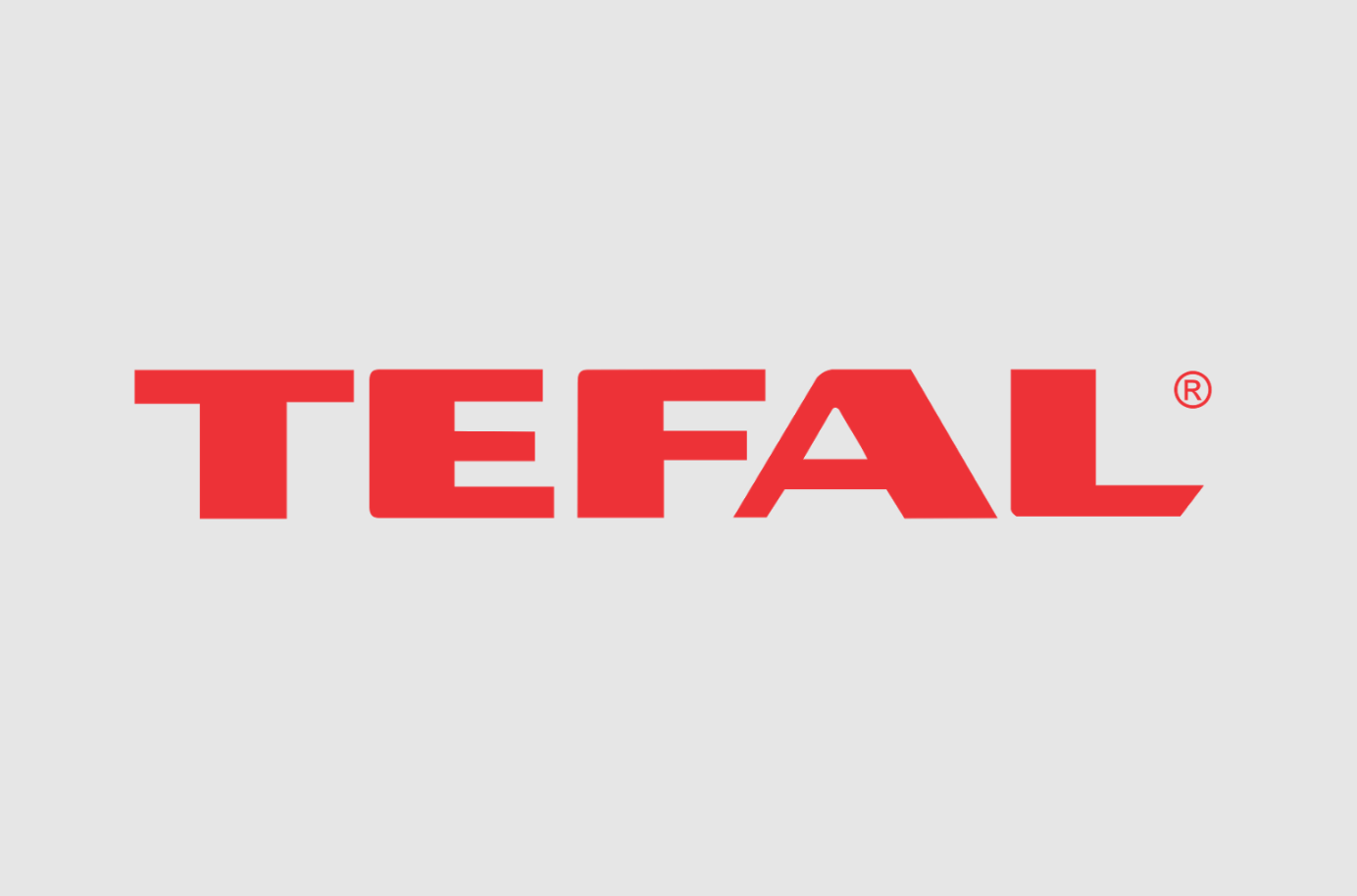Choosing an oven is one of the key steps in kitchen design. This device is used daily for cooking a wide variety of dishes, and its characteristics determine the quality and convenience of the cooking process. One of the most important criteria when choosing is the power of the oven. The power of an electric oven affects the speed of heating, evenness of cooking and energy efficiency. An oven with a high power rating allows you to reach the desired temperature faster and maintain it consistently throughout the cooking process. However, high power also means higher energy consumption, which can affect your electricity bills. It is important to strike a balance between the cooking capabilities you need and energy efficiency.
Oven capacity value
The power of an electric oven determines how quickly it can heat up and maintain the required temperature. This parameter is measured in kilowatts (kW). The optimum power rating for most domestic electric ovens is 2.5-3 kW. This allows you to reach a maximum temperature of about 250 degrees, which is sufficient for cooking almost all types of dishes.
For complex culinary tasks and fast cooking, it is better to choose models with a power of 3.5 kW and higher. Such ovens can heat up to 500 degrees, which allows them to be used for special cooking methods and provides the most modern cleaning system – pyrolysis. However, these models usually cost more and consume more electricity.
The main categories of power:
Low power (up to 2 kW):
- Examples of use: Suitable for small families, singles and those who rarely cook. Ideal for simple dishes such as casseroles, pies and reheating ready meals.
- Advantages: Low power consumption, compact size, affordable cost.
- Disadvantages: Limited options for cooking complex dishes, slow heating.
Medium power (2-3 kW):
- Examples of use: A versatile choice for medium-sized families. Suitable for regular cooking of a variety of dishes, including baking and roasting meat.
- Advantages: Good balance between heating speed and power consumption, versatility.
- Disadvantages: May not be enough for very large dishes or frequent use.
High power (3-4 kW and above):
- Examples of use: Suitable for large families and those who cook frequently. Ideal for complex cooking tasks and preparing large quantities of food.
- Advantages: High heating speed, even heating, ability to cook complex dishes.
- Disadvantages: High power consumption, higher cost of operation.
Energy consumption of ovens
The energy consumption of an oven is an important parameter to consider when choosing an appliance. It depends not only on the power of the oven, but also on its internal volume. The larger the volume, the more energy is required to heat and maintain the temperature. All ovens are categorised according to their energy consumption levels, which helps customers to choose more economical models.
Table of energy consumption by class
| Energy class | Consumption (kWh) |
| A | 0,6-1,0 |
| B | 0,6-1,2 |
| C | 0,8-1,4 |
| D | 1,0-1,6 |
| E | 1,2-1,8 |
| F | 1,4-2,0 |
| G | 2.0 and above |
How to determine the required power
When choosing oven power, it’s important to consider a few key factors:
Family size and frequency of use:
- For a small family or occasional use, models with up to 2 kW are suitable. They are more economical and suitable for simple cooking tasks.
- If you have a large family or cook frequently, choose an oven with a power rating of 3kW or more. This will ensure fast heating and even cooking.
The types of dishes you cook:
- For simple dishes such as casseroles and small pies, an oven with a power of up to 2 kW is sufficient.
- For more complex dishes such as baking, roasting meat or cooking large quantities of food, choose models with a power of 2 to 4 kW.
Energy Efficiency and Costs:
- Take into account that ovens above 3 kW consume more electricity. If you are concerned about your energy bills, choose a medium-power model that has good energy efficiency ratings.
- Pay attention to the availability of energy-saving modes and the ability to fine-tune the temperature. This will help to reduce energy consumption without compromising cooking quality.
Practical advice on choosing an oven
Examine your family’s needs:
- Make a list of the food you cook most often. This will help you determine how much power you really need.
- Think about the future. You may be planning to increase the amount of cooking or prepare more complex dishes.
Pay attention to additional features:
- Some oven models are equipped with additional functions such as convection, grill and automatic cooking programmes. These functions may require more power but will make cooking much easier.
Compare models and read reviews:
- Before making a final decision, study user reviews of the different models. This will help you understand the advantages and disadvantages of each particular oven.
Consult the experts:
- If you are not sure about your choice, ask for expert advice. They will help you to understand the subtleties and make the right choice.
Choosing the oven capacity is an important step that requires careful consideration. The power of the oven determines not only the speed and quality of cooking, but also the level of energy consumption. Taking into account the size of your family, frequency of use and types of food, you will be able to choose the best model to suit your needs. We hope that this guide has helped you understand which oven capacity is right for you and that you can now make an informed choice.
Shop for a new oven and get maximum benefits with reBITme. We wish you a successful shopping experience!





